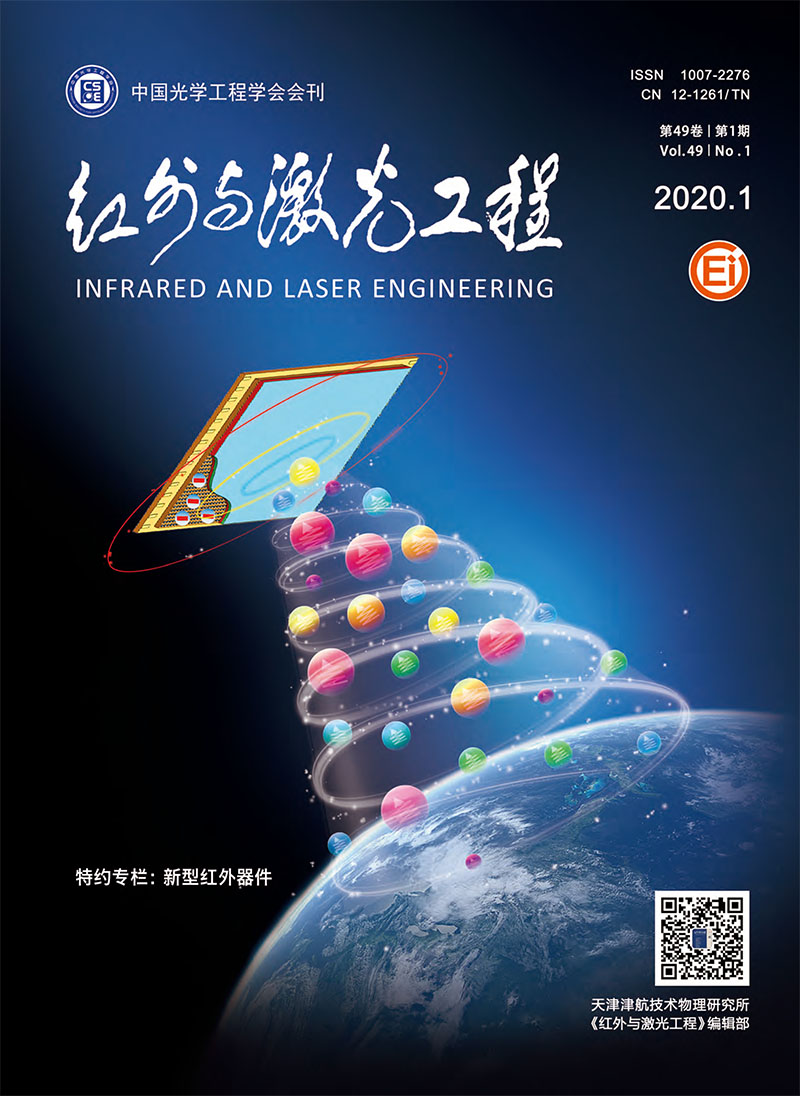Research on optical scattering of radar calibration satellite
doi: 10.3788/IRLA202049.0105003
- Received Date: 2019-09-05
- Rev Recd Date: 2019-10-15
- Publish Date: 2020-01-28
-
Key words:
- optical scattering properties /
- radar calibration satellite /
- aluminum ball /
- photometry
Abstract: We conducted ground-based optical observations on a group of satellites used for radar calibration, whose main parts were aluminum balls. Our observations verified their luminosity changes and spectral characteristics were simple, and it was easy to carry out analyses on the factors which affected luminosity and spectral characteristics. The simulation measurement in the laboratory for the aluminum ball also shows its characteristics of good isotropicity, stable reflective and spectral characteristics. Based on the measurement results, we constructed the luminosity calculation model for the aluminum-ball satellite. Comparing with the measured results, we found that the characteristics of the material and shape characteristics of the aluminum ball can simplify the satellite photometric calculation model to the greatest extent. Moreover, the methods of the measurement and the luminosity calculation model construction were also proved to be correct, enabling the real-time satellite luminosity calculation, which can be applied to the dynamic flux calibration and the calibration of the detection capability under fast and variable-speed motion of space-based and ground-based optical detection equipment.









 DownLoad:
DownLoad: